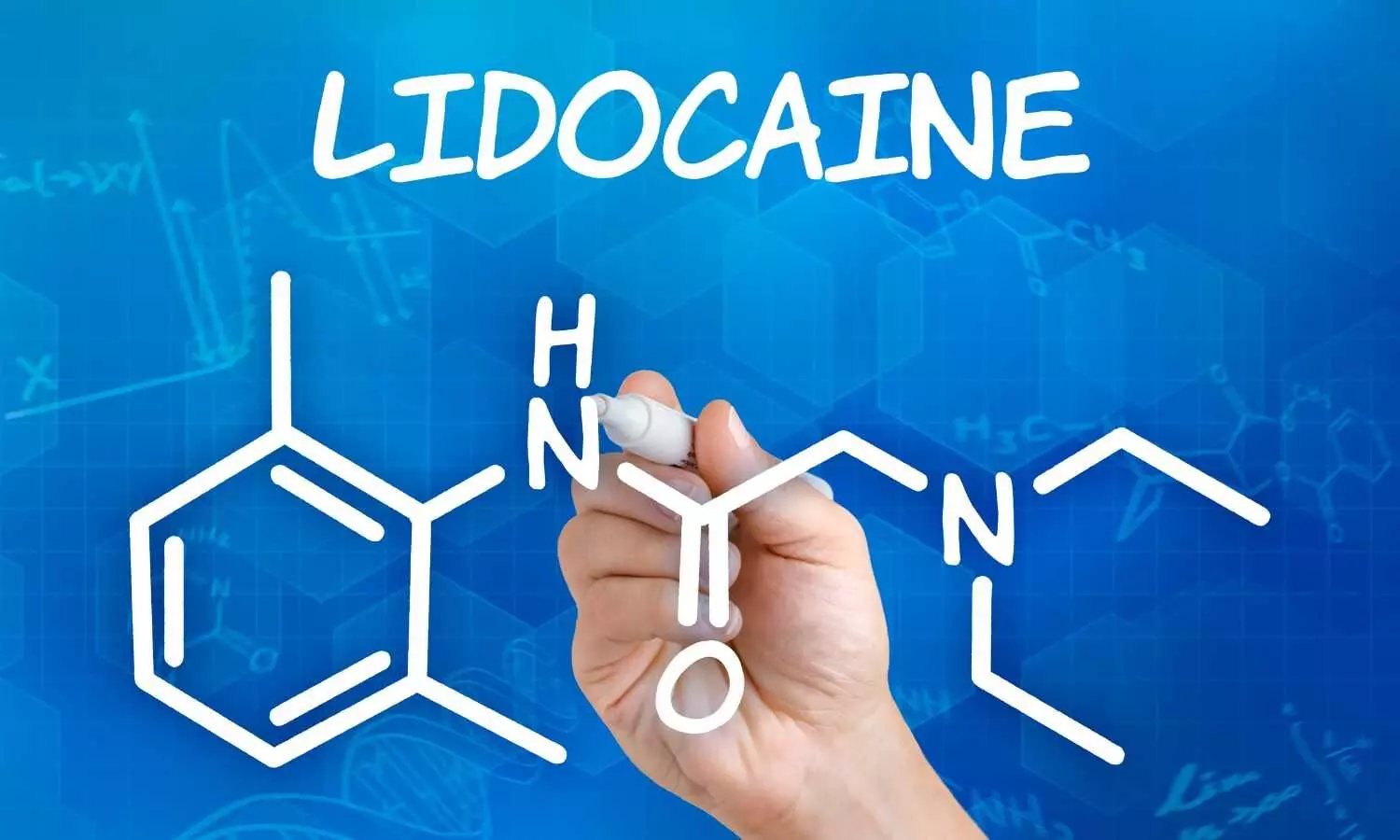Lidocaine poisonings rise despite overall drop in local anesthetic toxicity, suggests study
- byDoctor News Daily Team
- 11 October, 2025
- 0 Comments
- 0 Mins

Over the last decade, poisonings and deaths linked to the use of local anesthetics have decreased. Even so, poisonings from one commonly used anesthetic,lidocaine, have increased in the United States, according to two new studies from the University of Illinois Chicago. By analyzing data from reports to national Poison Control Centers and to the Food and Drug Administration from 2010 to 2020, UIC researchers found total reports of poisonings fell 50% in that period. But poisonings from lidocaine increased more than 50% in less than half that time, between 2016 and 2020. The findings are published inRegional Anesthesia & Pain Medicineand the British Journal of Anesthesia. Local anesthetics, including lidocaine, are widely used in medical care to manage pain before, during and after surgical procedures. General anesthesia acts everywhere in the body and puts patients in asleep-like state. Local anesthesia controls pain and immobilizes a specific region of the body while a patient remains conscious. Local anesthetics numb an area of the body by blocking nerve signals, explained Dr. Michael Fettiplace, an assistant professor in the anesthesiology department in the College of Medicine. “They’re incredibly useful drugs, and second to opioids, local anesthetics are the No. 2 pain control tool that we have.” Today, lidocaine is “undoubtedly the most frequently used local anesthetic,” Fettiplace said. Its applications are numerous: to numb an area of skin before getting stitches, to prevent arrhythmias and to coat the throat in preparation for an upper endoscopy, for example. Lidocaine is also available over the counter in topical patches and creams marketed to soothe sore backs and hemorrhoid pain, for instance. Like all drugs, lidocaine and other local anesthetics carry both benefits and risks. After administration, blood vessels absorb and transport local anesthetics to the liver, where they are processed and detoxified. But if a patient gets too much of the drug, extreme blocking of nerve channels can progress to seizures, lethal arrythmias or cardiac arrest, a phenomenon known as local anesthetic systemic toxicity. In 1998, UIC anesthesiologist and professor Dr. Guy Weinberg discovered that an intravenous treatment called lipid emulsion could treat the issue. “This was a revolution in the anesthesia field,” Fettiplace said. “All of a sudden, patients who arrested and died of local anesthetic systemic toxicity now had a treatment which, in many anecdotal cases, rapidly alleviated the toxic symptoms and prevented deaths.” In 2010, several professional societies in the United States and the United Kingdom developed recommendations to identify, prevent and treat poisonings from local anesthetics, with the use of lipid emulsions at their center. A decade later, Fettiplace and his colleagues set out to see how these advisories have affected reported poisonings and deaths associated with the drugs. The researchers analyzed reports submitted to the National Poison Data System, the database of all 53 Poison Control Centers in the United States, and to the FDA Adverse Event Reporting System, a database of similar reports collected by the U.S. Food and Drug Administration. Through their analyses, they found fatalities mostly occur when the lidocaine is delivered either by vein or to coat the throat, and almost always when given at extremely high doses, sometimes as much as four times the upper limit, Fettiplace said. This issue is compounded by the availability of high-dose delivery methods and the potential for accidental overdose by emergency medical personnel. The authors suggest that enhanced education and updated recommendations could mitigate these risks, as recommendations have been successful in decreasing overall poisonings and deaths from anesthesia. The local anesthesia advisories and the surrounding changes in the science had an instrumental impact, Fettiplace said. “The data indicates that there’s been a reduction either in the number of events or the number of adverse outcomes by about 50% over the past 15 years,” he said. Still, the rise in lidocaine-related poisonings signals that current safeguards may not be enough. Fettiplace and his colleagues believe that new, more targeted recommendations could further reduce harm. “We think if we have updated advisories that are more targeted to some of the problems that we see occurring now, those may have impacts 10 years down the line,” he said. Fettiplace M, Weinberg G, Nixon H, et alThe impact of local anesthetic systemic toxicity advisories on reporting to the National Poison Data System (NPDS)Regional Anesthesia & Pain Medicine Published Online First: 21 July 2025. doi: 10.1136/rapm-2025-106464
Disclaimer: This website is designed for healthcare professionals and serves solely for informational purposes.
The content provided should not be interpreted as medical advice, diagnosis, treatment recommendations, prescriptions, or endorsements of specific medical practices. It is not a replacement for professional medical consultation or the expertise of a licensed healthcare provider.
Given the ever-evolving nature of medical science, we strive to keep our information accurate and up to date. However, we do not guarantee the completeness or accuracy of the content.
If you come across any inconsistencies, please reach out to us at
admin@doctornewsdaily.com.
We do not support or endorse medical opinions, treatments, or recommendations that contradict the advice of qualified healthcare professionals.
By using this website, you agree to our
Terms of Use,
Privacy Policy, and
Advertisement Policy.
For further details, please review our
Full Disclaimer.
Recent News
Air Pollution May Slow Infant Brain Development: S...
- 23 October, 2025
AI Outperforms Traditional Tools in Predicting Hea...
- 23 October, 2025
Nearly Half of Acute Pancreatitis Patients Develop...
- 23 October, 2025
Daily Newsletter
Get all the top stories from Blogs to keep track.


0 Comments
Post a comment
No comments yet. Be the first to comment!